Home>Storage Ideas>Living Room Storage>How To Make A Vinegar Cleaning Solution For Your Home
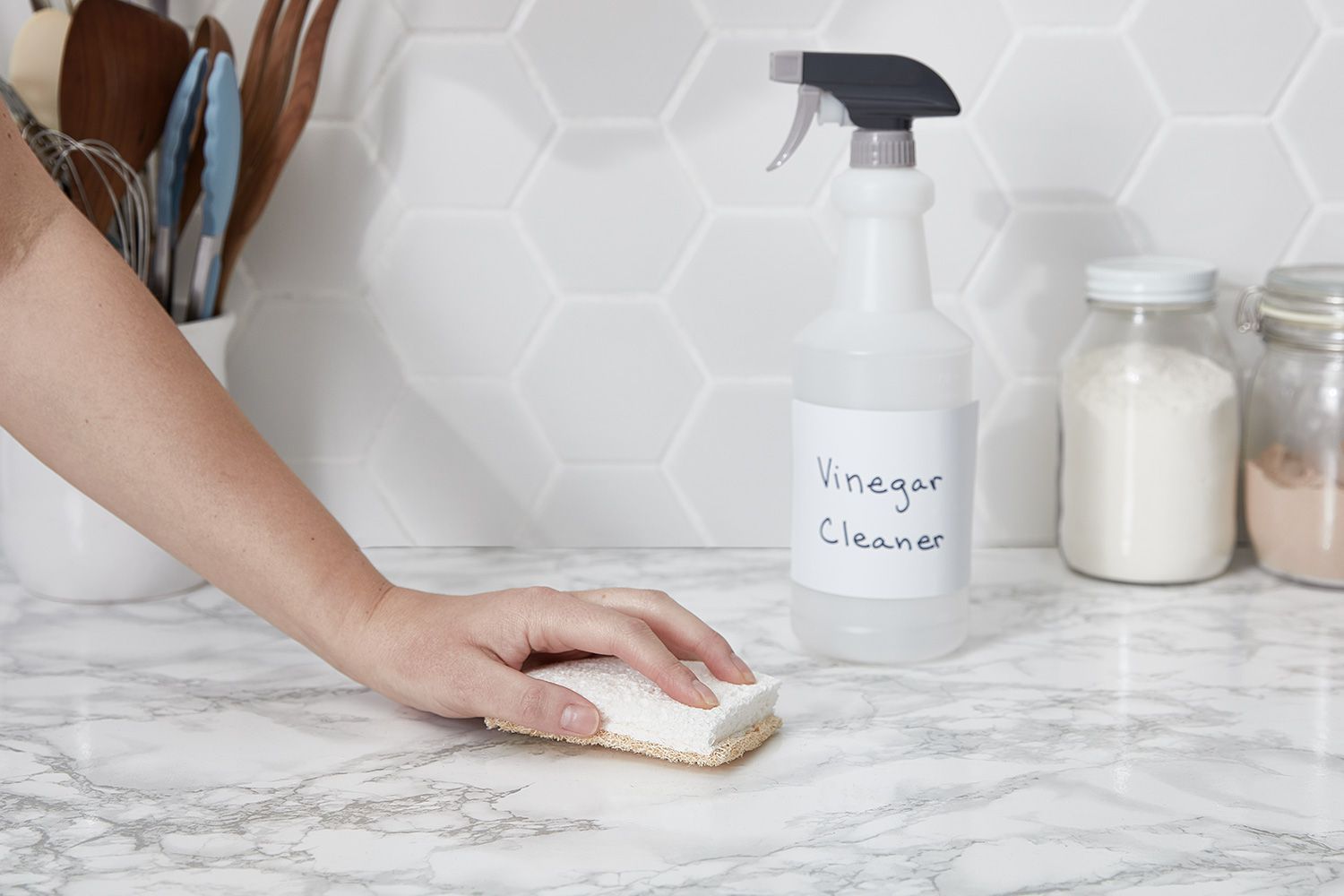

Living Room Storage
How To Make A Vinegar Cleaning Solution For Your Home
Modified: January 8, 2024
Learn how to create an effective vinegar cleaning solution for your home, including tips for deep cleaning your living room storage. Discover an eco-friendly and affordable way to keep your living space fresh and organized.
(Many of the links in this article redirect to a specific reviewed product. Your purchase of these products through affiliate links helps to generate commission for Storables.com, at no extra cost. Learn more)
Introduction
Welcome to our comprehensive guide on how to make a vinegar cleaning solution for your home. Vinegar has been used as a natural cleaning agent for centuries due to its effectiveness, affordability, and non-toxic properties. Whether you’re looking to tackle stubborn stains, eliminate odors, or simply maintain a clean living environment, vinegar can be a versatile solution for all your cleaning needs.
In this article, we will explore the numerous benefits of using vinegar as a cleaning solution, provide a basic recipe for making your own vinegar cleaner, and offer specific cleaning solutions for different surfaces and areas of your home. We will also discuss precautions and safety measures to keep in mind while using vinegar as a cleaning agent.
Using vinegar as a cleaning solution has several advantages. First and foremost, it is an eco-friendly alternative to many commercial cleaning products that may contain harsh chemicals and artificial fragrances. By using vinegar, you can minimize your environmental impact and create a healthier living environment for you and your family.
Another benefit of vinegar is its affordability. It is readily available in most grocery stores and is significantly cheaper than many specialized cleaning products. By using vinegar as a cleaning solution, you can save money without compromising on cleanliness and sanitation.
Vinegar also has natural antimicrobial properties, making it effective at killing bacteria, viruses, and mold. This makes it a great choice for disinfecting surfaces, particularly in areas like the kitchen and bathroom where hygiene is of utmost importance.
Additionally, vinegar is a versatile cleaning agent that can be used on a wide range of surfaces, from countertops and floors to windows and upholstery. It can effectively remove dirt, grease, and grime, leaving your home looking and smelling fresh.
Before delving into the recipes and specific uses of vinegar cleaning solution, it is important to understand some precautions and safety measures. Although vinegar is generally safe to use, there are a few considerations to keep in mind.
Firstly, vinegar should never be mixed with bleach or other cleaning products that contain chlorine. This combination can create toxic gases and pose serious health risks. It is important to always read product labels and follow safety guidelines to ensure compatibility and avoid any harmful reactions.
Furthermore, vinegar has a strong and pungent odor that may not be appealing to everyone. While the odor dissipates quickly, you can add a few drops of essential oils like lavender or lemon to your vinegar cleaning solution to mask the smell and impart a pleasant fragrance.
Now that you are aware of the benefits and precautions, let’s move on to the basic vinegar cleaning solution recipe that can be used as a foundation for various cleaning tasks around your home.
Key Takeaways:
- Vinegar is an eco-friendly, affordable, and versatile cleaning solution that can effectively clean and disinfect various surfaces in your home, from countertops and floors to appliances and upholstery.
- When using vinegar as a cleaning solution, remember to follow safety precautions, avoid mixing it with bleach, and test it on delicate surfaces. Vinegar’s natural acidity makes it a powerful stain remover for carpets, upholstery, and hard water stains.
Read more: How To Make Pine Vinegar For Cleaning
Benefits of Using Vinegar as a Cleaning Solution
Vinegar is a versatile and effective cleaning solution that offers numerous benefits for your household cleaning needs. Let’s explore some of the key advantages of using vinegar as a natural cleaning agent:
- Eco-Friendly: One of the major benefits of using vinegar as a cleaning solution is its eco-friendliness. Unlike many commercial cleaning products that contain harsh chemicals and toxins, vinegar is a natural and biodegradable option. It is safer for the environment and reduces the amount of chemicals that end up in our water supply and ecosystem.
- Affordability: Vinegar is an affordable alternative to many specialized cleaning products. Available at a fraction of the cost, vinegar is a budget-friendly option for maintaining a clean living space without breaking the bank. You can find vinegar readily available in most grocery stores, making it easily accessible for all.
- Non-Toxic: Unlike some conventional cleaning products that can pose health hazards, vinegar is non-toxic and safe to use around people and pets. It eliminates the risk of exposure to harmful chemicals, making it an ideal choice for families with children or individuals with sensitivities to certain cleaning agents.
- Antimicrobial Properties: Vinegar has natural antimicrobial properties, which means it can help kill bacteria, viruses, and mold. This makes it an effective option for disinfecting surfaces, especially in high-touch areas like kitchens and bathrooms. By using vinegar as a cleaning solution, you can effectively sanitize your living spaces without relying on harsh chemical disinfectants.
- Multi-Purpose: Vinegar is a versatile cleaning agent that can be used on a wide range of surfaces. Whether you need to clean countertops, floors, windows, or appliances, vinegar can effectively remove dirt, grime, and stains without damaging the material. It is a convenient all-in-one solution that simplifies your cleaning routine.
- Deodorizing Properties: Vinegar is known for its ability to neutralize odors. It can help eliminate unwanted smells from various surfaces and areas in your home. Whether you’re dealing with lingering cooking odors, pet smells, or musty scents, vinegar can help freshen up your living space naturally.
- Stain Removal: Vinegar is effective at tackling stubborn stains on various surfaces. Whether it’s coffee stains on countertops, hard water stains on glass, or grease stains on clothing, vinegar can help break down and remove the discoloration. It is a powerful yet gentle stain remover that can save you from having to purchase specialized stain removers.
As you can see, using vinegar as a cleaning solution offers a wide range of benefits. It’s an eco-friendly, affordable, and non-toxic option that can effectively clean and disinfect your home. In the following sections, we will provide you with specific vinegar cleaning solution recipes and tips for different surfaces and areas of your home.
Precautions and Safety Measures
While vinegar is generally safe to use as a cleaning agent, it’s important to take some precautions and safety measures to ensure proper usage and avoid any potential risks. Here are some key points to keep in mind:
- Avoid Mixing Vinegar with Bleach: One of the most important precautions to remember is to never mix vinegar with bleach or any cleaning products containing chlorine. Combining vinegar and bleach can create toxic gases, such as chlorine gas, which can be harmful when inhaled. Always read product labels and avoid any combinations that may produce dangerous reactions.
- Proper Ventilation: Vinegar has a strong odor that can be overpowering, especially in enclosed spaces. Make sure to work in a well-ventilated area when using vinegar as a cleaning solution. Open windows or use fans to help dissipate the odor. Alternatively, you can add a few drops of essential oils, such as lemon or lavender, to your vinegar cleaning solution to mask the smell.
- Spot Test: Before using vinegar on a new or delicate surface, it’s always a good idea to do a spot test. Apply a small amount of vinegar solution on an inconspicuous area and wait for a few minutes. If there are no adverse effects like discoloration or damage, it should be safe to use on the rest of the surface.
- Protective Gear: While vinegar is non-toxic, it’s a good practice to wear gloves, especially if you have sensitive skin or are handling vinegar for an extended period. Gloves will protect your skin from any potential irritation that may occur while cleaning with vinegar.
- Avoid Using on Porous Surfaces: Vinegar is an acid, so it’s important to avoid using it on porous surfaces like marble or granite countertops, as it can cause etching or dulling of the surface. For these types of surfaces, it’s best to use a pH-neutral cleaner recommended by the manufacturer.
- Keep Away from Eyes: Avoid contact with eyes when using vinegar. If accidental contact occurs, rinse thoroughly with water and consult a medical professional if irritation persists.
- Keep Out of Reach of Children and Pets: While vinegar is generally safe, it’s a good practice to keep vinegar cleaning solutions out of reach of children and pets. This will prevent accidental ingestion or spills that could potentially cause harm.
By following these precautions and safety measures, you can ensure that you use vinegar as a cleaning solution safely and effectively. Now that we’ve covered the necessary safety information, let’s move on to the basic vinegar cleaning solution recipe that you can use as a foundation for all your cleaning needs.
Basic Vinegar Cleaning Solution Recipe
The basic vinegar cleaning solution is incredibly simple to make, requiring only two ingredients: vinegar and water. This versatile solution can be used on a variety of surfaces throughout your home. Here’s the recipe:
Ingredients:
- 1 part white vinegar
- 1 part water
Instructions:
- Mix equal parts of white vinegar and water in a spray bottle or a container.
- Shake the bottle or stir the mixture well to ensure the vinegar and water are thoroughly combined.
That’s it! Your basic vinegar cleaning solution is ready to use. It’s important to note that the ratio of vinegar to water can be adjusted based on the cleaning task at hand. For tougher stains and grime, you may choose to use a higher concentration of vinegar, while for lighter cleaning tasks, diluting it with more water can suffice.
Now that you have your basic vinegar cleaning solution, let’s explore some specific recipes for different surfaces and areas of your home. Remember to always spot test a small area before using any cleaning solution on a new or delicate surface.
Additional Vinegar Cleaning Solutions for Different Surfaces
While the basic vinegar cleaning solution is suitable for many surfaces, there are specific recipes and tips that you can follow for different areas of your home. Here are some additional vinegar cleaning solutions tailored for various surfaces:
- Kitchen Countertops: To clean and disinfect kitchen countertops, especially those made of granite, quartz, or laminate, combine equal parts of vinegar and water in a spray bottle. Spray the solution onto the countertops, let it sit for a few minutes, then wipe it clean with a microfiber cloth.
- Bathroom Tiles and Grout: Vinegar can effectively remove soap scum, mildew, and grime from bathroom tiles and grout. Create a cleaning solution of 1 part vinegar and 1 part water. Apply the mixture to the tiles and grout, scrub gently with a brush, and rinse with water. For tougher stains, you can sprinkle baking soda on the area first, spray the vinegar solution, and scrub to create a paste-like consistency.
- Glass and Mirrors: For streak-free cleaning of glass surfaces and mirrors, combine 1 part vinegar with 2 parts water in a spray bottle. Spray the solution onto the glass, and wipe it clean using a lint-free cloth or newspaper. The acidity of the vinegar will help dissolve any smudges or marks, leaving your glass surfaces sparkling clean.
- Floors: Vinegar can be used to clean a variety of flooring materials, including hardwood, laminate, tile, and vinyl. For hardwood floors, mix 1/2 cup of vinegar with 1 gallon of warm water. Mop the floors using this solution, making sure to wring out the mop thoroughly to avoid excessive moisture. For other flooring types, the basic vinegar cleaning solution (1 part vinegar, 1 part water) can be used, adjusting the dilution as needed.
- Carpets and Upholstery: Vinegar can help remove stains and odors from carpets and upholstery. Create a cleaning solution of 1 part vinegar and 2 parts water. Spray the solution onto the stained area, blot with a cloth or sponge, and repeat until the stain is lifted. For general freshening, you can also add a few drops of essential oil to the vinegar solution before spraying it onto carpets or upholstery.
- Appliances: Vinegar can be used to clean various household appliances. To descale a coffee maker or kettle, fill the reservoir with equal parts vinegar and water, run a brew cycle or heat the mixture, then rinse thoroughly. For a microwave, fill a microwave-safe bowl with equal parts vinegar and water, microwave for a few minutes until steam is produced, then wipe the interior with a cloth. You can also use vinegar to clean your dishwasher by placing a cup of vinegar on the top rack and running an empty cycle.
These additional vinegar cleaning solutions can help you effectively clean and maintain various surfaces in your home. However, always remember to test the solution on a small, inconspicuous area and follow any specific cleaning instructions recommended by the manufacturer.
Now that you have a range of vinegar cleaning solutions for different surfaces, let’s explore how you can use vinegar in specific areas of your home, starting with the kitchen.
Using Vinegar Cleaning Solution in the Kitchen
The kitchen is a high-traffic area that requires regular cleaning to maintain hygiene and food safety. Vinegar can be a valuable ally in keeping your kitchen clean and free from bacteria. Here are some specific ways to use vinegar cleaning solution in the kitchen:
- Countertops: Spray the vinegar cleaning solution directly onto the countertops and wipe them clean with a microfiber cloth. Vinegar’s acidity helps disinfect and remove any food residue or stains. Avoid using vinegar on natural stone countertops like marble or granite, as it can cause etching.
- Stovetop and Range Hood: Apply the vinegar cleaning solution to grease or food spills on the stovetop. Let it sit for a few minutes, then scrub gently with a sponge or brush. For range hood filters, remove them and soak them in a mixture of vinegar and hot, soapy water for about 15 minutes. Rinse with water and let them air dry before reattaching.
- Refrigerator: Wipe down the inside of your refrigerator with the vinegar cleaning solution to eliminate any odors and remove stains. Pay special attention to spills and stains on shelves and drawers. For stubborn stains or sticky residues, make a paste with vinegar and baking soda and gently scrub the affected areas.
- Cutting boards: Cutting boards can harbor bacteria and odors. To disinfect and deodorize wooden and plastic cutting boards, spray or wipe them with the vinegar cleaning solution, let it sit for a few minutes, then rinse with water.
- Microwave: Fill a microwave-safe bowl with equal parts vinegar and water. Place it in the microwave and heat for a few minutes until steam is produced. This will loosen food splatters and make them easier to wipe away. Afterward, carefully remove the bowl, and wipe the inside of the microwave with a cloth or sponge.
- Coffee Maker: Over time, mineral deposits can build up in your coffee maker and affect the taste of your coffee. To descale your coffee maker, fill the water reservoir with equal parts vinegar and water. Run a brew cycle without coffee grounds, then run a few cycles with clean water to rinse out any vinegar residue.
These are just a few examples of how vinegar can be used in the kitchen. It’s a versatile and effective cleaning solution that can help you maintain a clean and sanitary cooking environment. However, always remember to consult your appliance’s user manual and follow the manufacturer’s recommendations for cleaning and maintenance.
Next, let’s move on to how you can use vinegar cleaning solution in the bathroom to keep your bathroom surfaces and fixtures sparkling clean.
Using Vinegar Cleaning Solution in the Bathroom
The bathroom is one of the most important areas to keep clean and hygienic. Vinegar can be a powerful ally in tackling mineral deposits, soap scum, and germs in this space. Here are some specific ways to use vinegar cleaning solution in the bathroom:
- Shower and Bathtub: Spray the vinegar cleaning solution onto the walls of the shower or bathtub, focusing on areas with soap scum or hard water stains. Let it sit for a few minutes, then scrub with a brush or sponge. Rinse thoroughly with water after cleaning.
- Toilet Bowl: Pour one cup of vinegar into the toilet bowl and let it sit for about 30 minutes. Use a toilet brush to scrub the bowl and then flush it. The vinegar will help remove stains and eliminate odors.
- Sinks and Faucets: Apply the vinegar cleaning solution to the sinks and faucets, including any water stains or mineral deposits. Allow it to sit for a few minutes, then scrub with a brush or cloth. Rinse with water and wipe dry for a sparkling finish.
- Bathroom Tiles and Grout: Create a cleaning solution of equal parts vinegar and water. Spray or apply the mixture to the tiles and grout, and scrub gently with a brush. Rinse thoroughly with water to remove any vinegar residue and enjoy clean and fresh-looking tiles.
- Mirror and Glass: Use the vinegar cleaning solution to clean mirrors, glass shelves, or any glass surfaces in the bathroom. Spray the solution onto the glass, and wipe it clean using a lint-free cloth or newspaper. The acidity of vinegar will help remove streaks and smudges, leaving your mirrors sparkling clean.
- Showerhead: If your showerhead is clogged with mineral deposits, remove it and soak it in a mixture of vinegar and water for a few hours or overnight. Rinse it thoroughly with water before reattaching it to the shower.
Vinegar’s acidic properties make it effective at removing soap scum, stains, and mineral deposits in the bathroom. However, always remember to test the vinegar cleaning solution on a small area before applying it to delicate or special surfaces to avoid any potential damage.
Now that you know how to use vinegar cleaning solution in the bathroom, let’s explore its effectiveness in cleaning windows and glass surfaces.
To make a vinegar cleaning solution, mix equal parts of water and white vinegar in a spray bottle. This solution can be used to clean countertops, windows, and other surfaces around your home.
Vinegar Cleaning Solution for Windows and Glass
When it comes to cleaning windows and glass surfaces, vinegar is a fantastic natural alternative to commercial glass cleaners. Its acidity helps cut through grease, grime, and smudges, leaving your windows sparkling clean. Here’s how to use vinegar cleaning solution for windows and glass:
- Preparation: Begin by gathering the necessary supplies, including a spray bottle, white vinegar, water, and a lint-free cloth or newspaper.
- Mixing the Solution: In a spray bottle, combine equal parts vinegar and water. Give the bottle a gentle shake to ensure the vinegar and water are thoroughly mixed.
- Application: Spray the vinegar cleaning solution onto the glass surface, covering the area you wish to clean. Be generous, but avoid oversaturating the glass.
- Wiping: Take a lint-free cloth or crumpled newspaper and use it to wipe the glass in a circular motion. The vinegar solution will help dissolve and remove any dirt, streaks, or smudges. For larger windows, you may need to work in sections.
- Detailing: If you notice any stubborn spots, you can spray a little more vinegar solution directly onto the area and use a microfiber cloth or a cotton swab to gently scrub the spot. Remember to be gentle, especially on delicate surfaces like windows with tinting or decorative treatments.
- Drying: Allow the glass to air dry, or use a clean, dry lint-free cloth to gently dry the surface. This will help prevent any water spots or streaking.
Using vinegar cleaning solution for windows and glass is an effective and economical way to achieve streak-free results. The acidity of vinegar helps to break down grime and grease, leaving your windows crystal clear and gleaming.
Remember, if you prefer a pleasant fragrance or want to mask the vinegar smell, you can add a few drops of essential oils like lemon, lavender, or tea tree to the vinegar cleaning solution before using it on your windows and glass surfaces.
Now that you know how to effectively clean windows and glass, let’s move on to using vinegar cleaning solution for various types of floors in your home.
Vinegar Cleaning Solution for Floors
Vinegar is a safe and effective cleaner for a variety of flooring surfaces, including hardwood, laminate, tile, and vinyl. It can help remove dirt, grime, and stains without leaving behind any residue or damaging the floors. Here’s how to use vinegar cleaning solution for different types of floors:
- Hardwood Floors: Mix a solution of 1/2 cup vinegar and 1 gallon of warm water. Dip a mop or a soft cloth into the solution, wring it out until it’s damp (not soaking wet), and gently mop the hardwood floors. Avoid excessive moisture as it can damage the wood. Afterward, wipe with a clean, dry cloth to remove any moisture. For stubborn stains, you can spot clean by applying the vinegar solution directly to the stain and gently scrubbing with a soft brush or cloth.
- Laminate Floors: To clean laminate floors, combine equal parts vinegar and water in a spray bottle. Spray a small section of the floor and immediately wipe it clean with a microfiber mop or cloth. Avoid using excess moisture, as it can seep into the seams and cause damage. Continue cleaning the rest of the floor in small sections, ensuring that no standing water is left behind.
- Tile Floors: Create a cleaning solution by combining equal parts vinegar and water. Dip a mop or sponge into the solution, wring it out, and mop the tile floors. For grout lines, you can scrub gently with a brush soaked in the vinegar solution. Rinse the mop or sponge frequently and change the cleaning solution as needed. Afterward, rinse the floors with clean water to remove any vinegar residue.
- Vinyl Floors: Dilute 1 cup of vinegar in 1 gallon of warm water. Use a mop or a sponge to clean the vinyl floors with the vinegar solution. Avoid using excessive moisture as it can seep into the seams and cause damage. Rinse the mop or sponge frequently and change the cleaning solution if it becomes dirty. Finally, wipe the floors with a clean, damp cloth to remove any remaining residue.
It’s important to note that while vinegar is safe for most flooring surfaces, it’s not recommended for use on natural stone floors like marble or granite. The acidity of vinegar can etch and dull the surface of these materials. For stone floors, it’s best to use a pH-neutral cleaner specifically designed for stone surfaces.
Now that you know how to use vinegar cleaning solution for floors, let’s explore how it can be used to clean carpets and upholstery.
Vinegar Cleaning Solution for Carpets and Upholstery
Vinegar is a natural and effective solution for cleaning carpets and upholstery. It can help remove stains, deodorize, and freshen up fabrics without the need for harsh chemicals. Here’s how to use vinegar cleaning solution for carpets and upholstery:
- Spot Cleaning: For small stains or spills on carpets or upholstery, immediately blot the area with a clean cloth or paper towel to absorb as much of the liquid as possible. Then, mix a solution of equal parts vinegar and water. Dampen a clean cloth with the solution and blot the stain gently, working from the outside towards the center. Repeat this process until the stain is lifted. For tougher stains, you can sprinkle a little baking soda on the area before applying the vinegar solution, gently scrub, and then blot clean.
- Deodorizing and Freshening: Vinegar is great for removing odors from carpets and upholstery. Fill a spray bottle with equal parts vinegar and water, and lightly mist the fabric. Allow it to air dry. The vinegar will naturally help neutralize any unwanted smells, leaving your carpets and upholstery smelling fresh and clean.
- Deep Cleaning Carpets: For a more thorough carpet cleaning, you can use a vinegar solution in a carpet cleaning machine. Fill the machine’s reservoir with a mixture of 1 part vinegar to 2 parts water. Follow the manufacturer’s instructions to clean your carpets, making sure to extract as much moisture as possible to prevent over-wetting. Afterward, allow the carpets to dry completely.
- Steam Cleaning Upholstery: If you have a steam cleaner for upholstery, you can add vinegar to the machine’s reservoir along with water. The steam will effectively sanitize and freshen up your upholstery. Make sure to follow the manufacturer’s instructions for your specific steam cleaner model.
It’s important to note that before applying the vinegar cleaning solution to carpets and upholstery, it’s advisable to do a spot test on a small, inconspicuous area to ensure that there won’t be any color fading or damage. Additionally, vinegar may not be suitable for certain fabrics, so always refer to the care instructions provided by the manufacturer or consult a professional cleaner if you have any concerns.
Using vinegar cleaning solution for carpets and upholstery provides a natural and cost-effective way to maintain the cleanliness and freshness of your fabric surfaces.
Now that you have learned about cleaning carpets and upholstery, let’s explore how vinegar can be used to clean various appliances in your home.
Vinegar Cleaning Solution for Appliances
Vinegar is a versatile and effective cleaner for various household appliances. It can help remove mineral deposits, grease, and lingering odors, keeping your appliances in great condition. Here’s how to use vinegar cleaning solution for different appliances:
- Coffee Maker: Over time, mineral deposits can build up in your coffee maker, affecting the taste of your brew. To descale your coffee maker, fill the water reservoir with equal parts vinegar and water. Run a brewing cycle without coffee grounds, allowing the solution to clean the internal components. Repeat the process with clean water to rinse out any remaining vinegar residue.
- Kettle: If your kettle has mineral deposits or scale buildup, fill it with equal parts vinegar and water, and let it soak for an hour or two. Then, bring the solution to a boil. Turn off the kettle and let it cool down before rinsing thoroughly with water.
- Dishwasher: Regular maintenance is important for keeping your dishwasher running smoothly. Place a cup of vinegar on the top rack of an empty dishwasher and run a hot water cycle. This will help remove any buildup and odors in the dishwasher. Wipe down the interior walls and door seals with a cloth soaked in vinegar to remove any stubborn residue.
- Microwave: To clean your microwave, fill a microwave-safe bowl with equal parts vinegar and water. Place it in the microwave and heat on high for a few minutes until steam is produced. The steam will help loosen any food splatters and stains. Carefully remove the bowl and wipe down the interior of the microwave with a cloth or sponge.
- Refrigerator: To eliminate odors and clean your refrigerator, wipe down the interior surfaces with a cloth dampened with a vinegar and water solution. Pay attention to spills or stains, and use a sponge or soft brush to gently scrub them away. You can also place a small open container of vinegar in the refrigerator to absorb any lingering odors.
- Oven: A vinegar cleaning solution can help tackle grease and grime in your oven. Combine equal parts vinegar and water in a spray bottle and apply the solution to the interior surfaces of the oven. Let it sit for a few minutes to loosen the buildup, then scrub with a sponge or brush. Rinse thoroughly with water after cleaning.
When using vinegar cleaning solution for appliances, remember to consult the manufacturer’s instructions and guidelines. Additionally, always ensure that the appliances are unplugged or switched off before cleaning.
Vinegar is a natural and cost-effective solution for maintaining the cleanliness and functionality of your appliances. It is not only effective but also safe for food contact surfaces.
Now that you have learned how to use vinegar for various appliances, let’s explore how it can be used for removing stubborn stains.
Vinegar Cleaning Solution for Removing Stains
Stubborn stains can be a challenge to tackle, but vinegar can be a powerful tool in the fight against tough stains. From clothes to carpets and everything in between, vinegar can help lift and remove various types of stains. Here’s how to use vinegar cleaning solution for removing stains:
- Clothing Stains: For clothing stains, create a pre-treatment solution by mixing equal parts vinegar and water. Apply the solution directly to the stained area and let it sit for a few minutes. Gently rub the stain with a soft brush or cloth, then wash the garment as usual. This method can be effective for removing stains like sweat, food, and even some ink stains.
- Carpet and Upholstery Stains: To remove stains from carpets or upholstery, start by blotting any excess liquid or residue with a clean towel or paper towel. Then, create a cleaning solution of 1 part vinegar and 2 parts water. Spray or apply the solution to the stained area, and gently blot it with a cloth or sponge. Repeat if necessary until the stain is lifted. Allow the area to air dry completely.
- Hard Water Stains: Hard water can leave unsightly stains on faucets, showerheads, and other fixtures. Soak a cloth or paper towel in vinegar and wrap it around the stained area. Let it sit for a few hours or overnight. The vinegar’s acidity will help dissolve the minerals causing the stain. Remove the cloth and scrub the area with a soft brush or cloth. Rinse with water and dry thoroughly.
- Grease and Oil Stains: Grease and oil stains can be particularly stubborn. To tackle these types of stains, sprinkle baking soda on the stained area and then spray or apply vinegar to create a paste-like consistency. Let it sit for several minutes, then gently scrub with a brush. Rinse with water and repeat the process if necessary. This method can be effective for removing grease stains from countertops, clothing, or garage floors.
- Red Wine Stains: Time is of the essence when dealing with red wine stains. Blot the stain with a clean cloth or paper towel to remove as much liquid as possible. Then, create a solution of equal parts vinegar and water. Apply the solution to the stain and blot gently, working from the outside toward the center. Rinse with water and repeat if needed. This method can also be effective for other colored stains like fruit juice or coffee.
- Marker and Ink Stains: Vinegar can help remove marker and ink stains from various surfaces. Dampen a cloth with vinegar and gently blot the stained area. Continue blotting until the ink or marker is lifted. Rinse with water and dry thoroughly.
It’s important to note that some stains may require multiple treatments or the use of additional stain-removing techniques. Also, always test the vinegar cleaning solution on a small, inconspicuous area before applying it to a larger, more noticeable area to ensure that it doesn’t cause any discoloration or damage.
Vinegar’s natural acidity and stain-lifting properties make it a valuable cleaning solution for tackling stubborn stains in various settings.
Now that you’ve learned about using vinegar for stain removal, let’s recap the benefits and versatility of vinegar for a variety of cleaning tasks in your home.
Conclusion
Using vinegar as a cleaning solution offers numerous benefits for maintaining a clean and healthy living environment. Its eco-friendliness, affordability, and effectiveness make it a versatile option for a wide range of cleaning needs in your home.
From kitchen countertops to bathroom tiles, windows to floors, carpets to appliances, vinegar can be used to tackle various surfaces and stains. Its natural acidity helps to break down dirt, grime, and odors, providing a thorough clean without the need for harsh chemicals.
Throughout this guide, we have explored the benefits of using vinegar as a cleaning solution, highlighted precautions and safety measures to consider, and provided you with basic vinegar cleaning solution recipes for different surfaces. Additionally, we discussed specific uses of vinegar in areas such as the kitchen, bathroom, windows, floors, carpets, upholstery, appliances, and stain removal.
Remember to always spot test new surfaces, follow manufacturer instructions, and use caution with vinegar in delicate or porous materials. It is also crucial to avoid mixing vinegar with bleach or cleaning products containing chlorine to prevent the release of toxic gases.
By incorporating vinegar into your cleaning routine, you are not only choosing a natural, non-toxic alternative but also minimizing your environmental impact and saving money in the process.
So next time you’re faced with tough stains, stubborn odors, or daily cleaning tasks, reach for a bottle of vinegar and put its cleaning power to work. With vinegar as your ally, you can achieve a clean, fresh, and healthy home.
Happy cleaning!
Frequently Asked Questions about How To Make A Vinegar Cleaning Solution For Your Home
Was this page helpful?
At Storables.com, we guarantee accurate and reliable information. Our content, validated by Expert Board Contributors, is crafted following stringent Editorial Policies. We're committed to providing you with well-researched, expert-backed insights for all your informational needs.
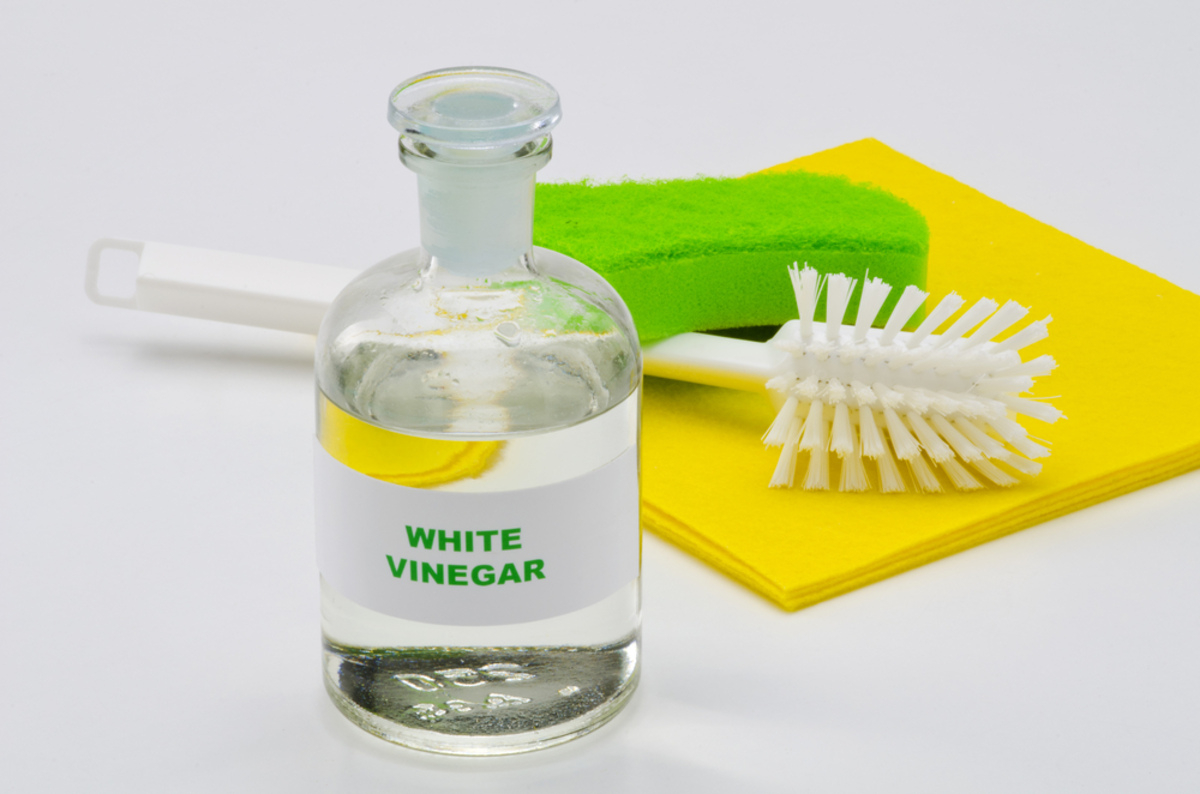
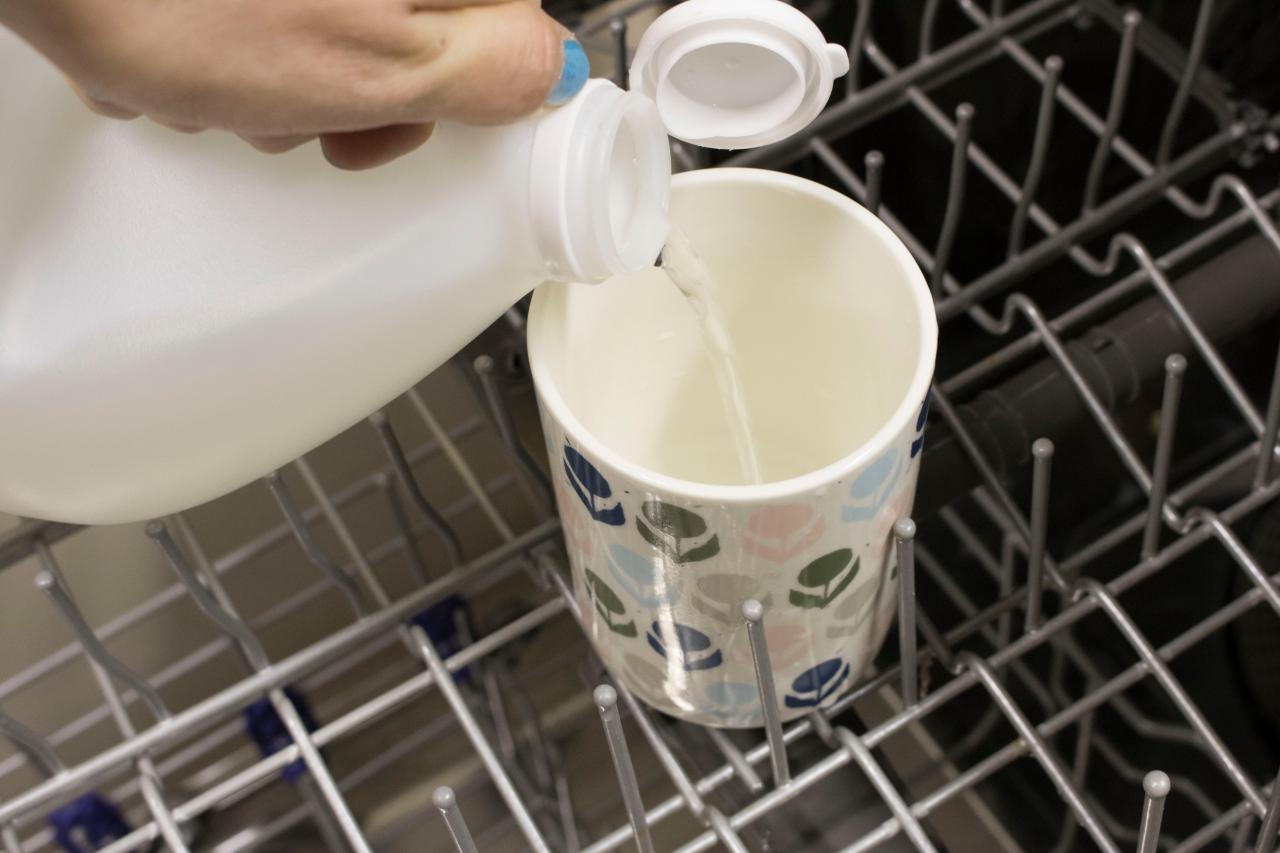
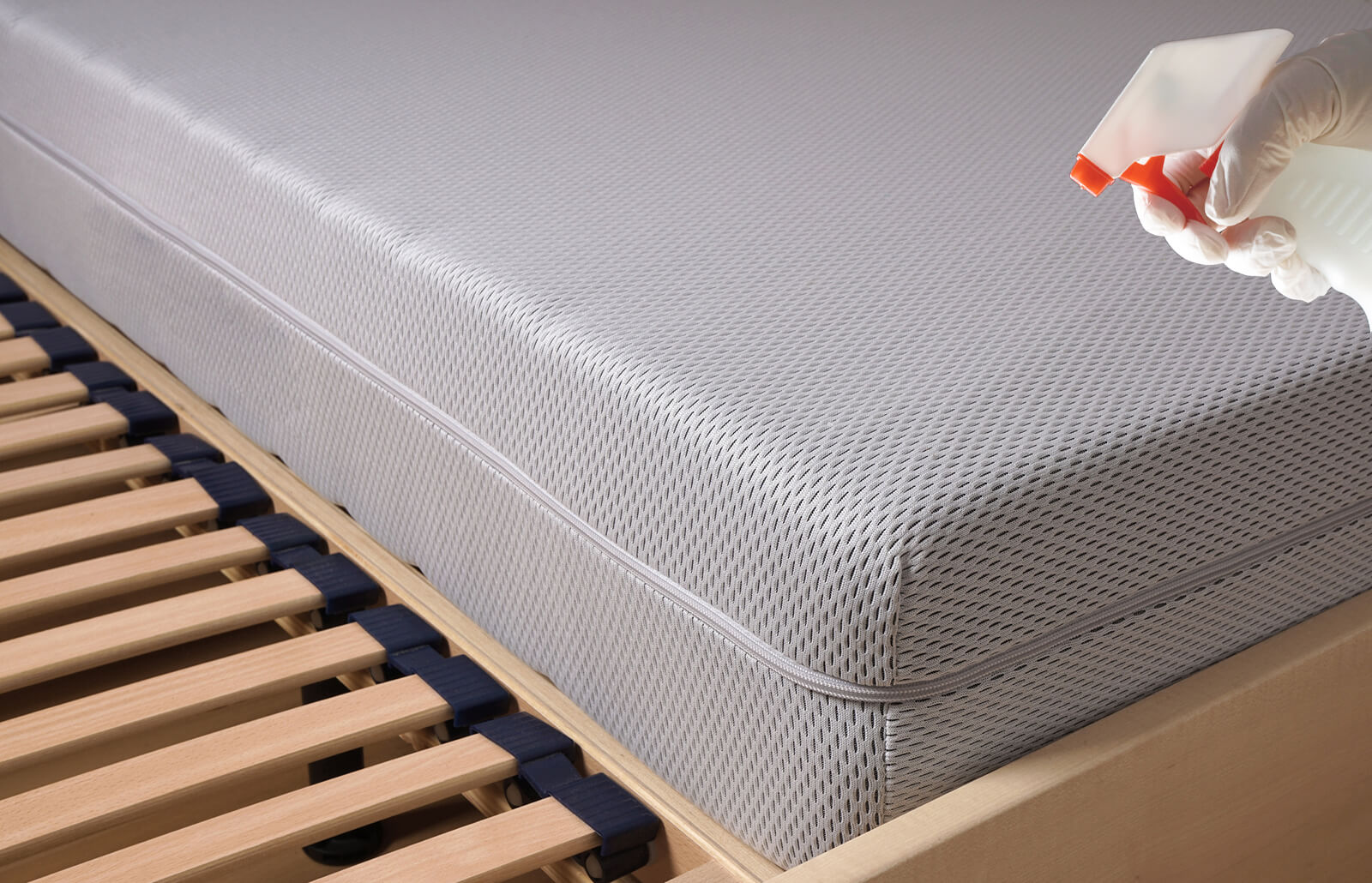
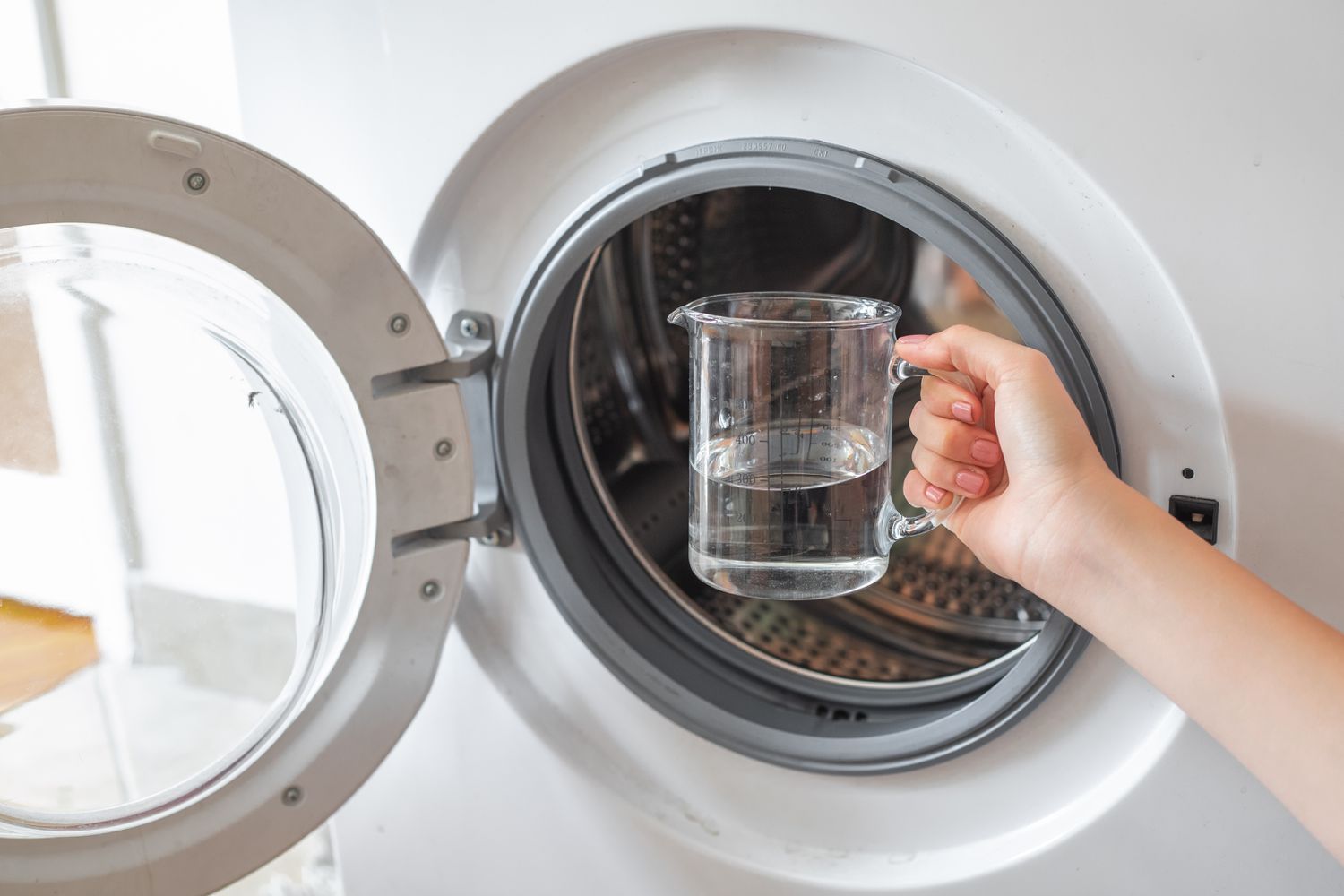
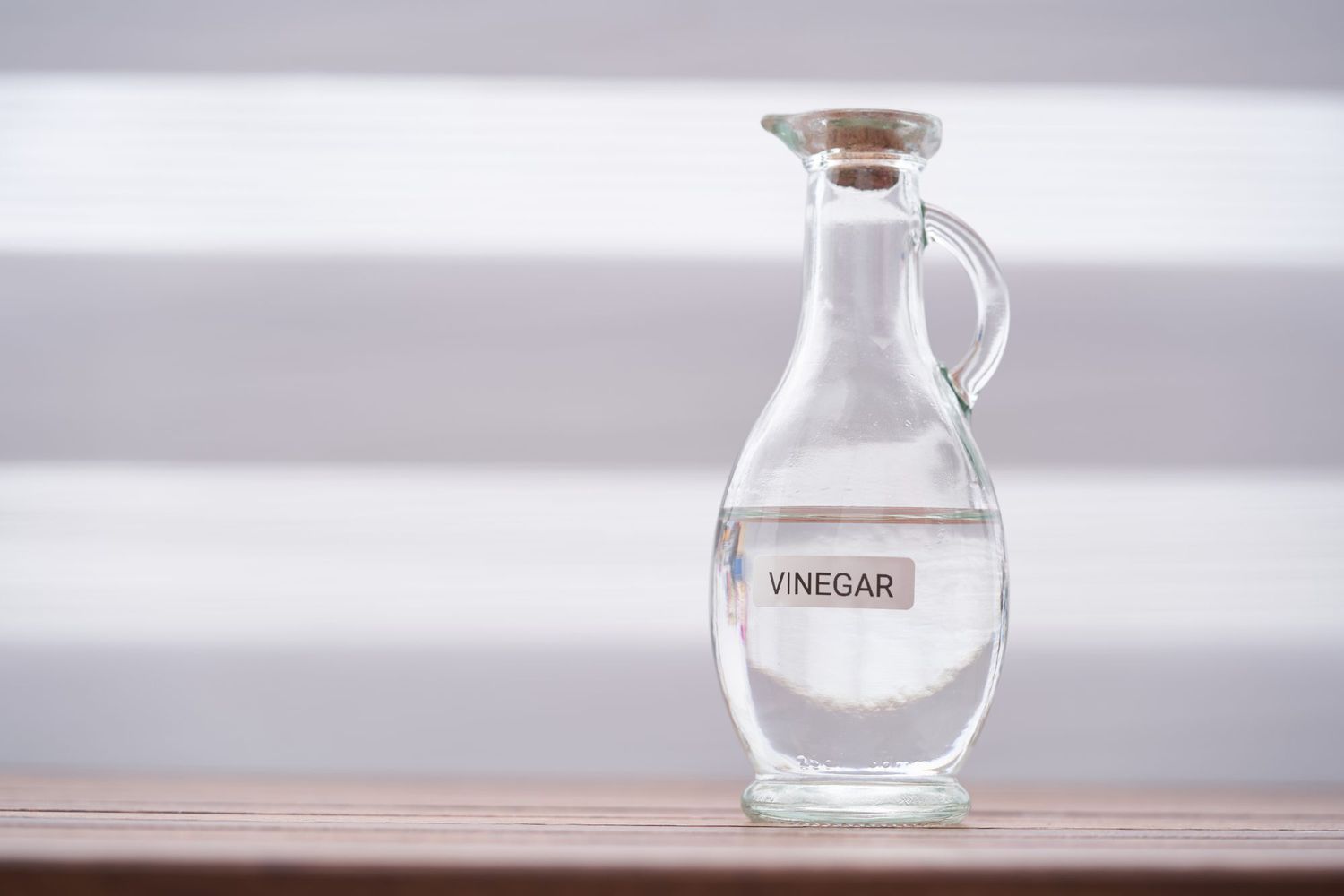
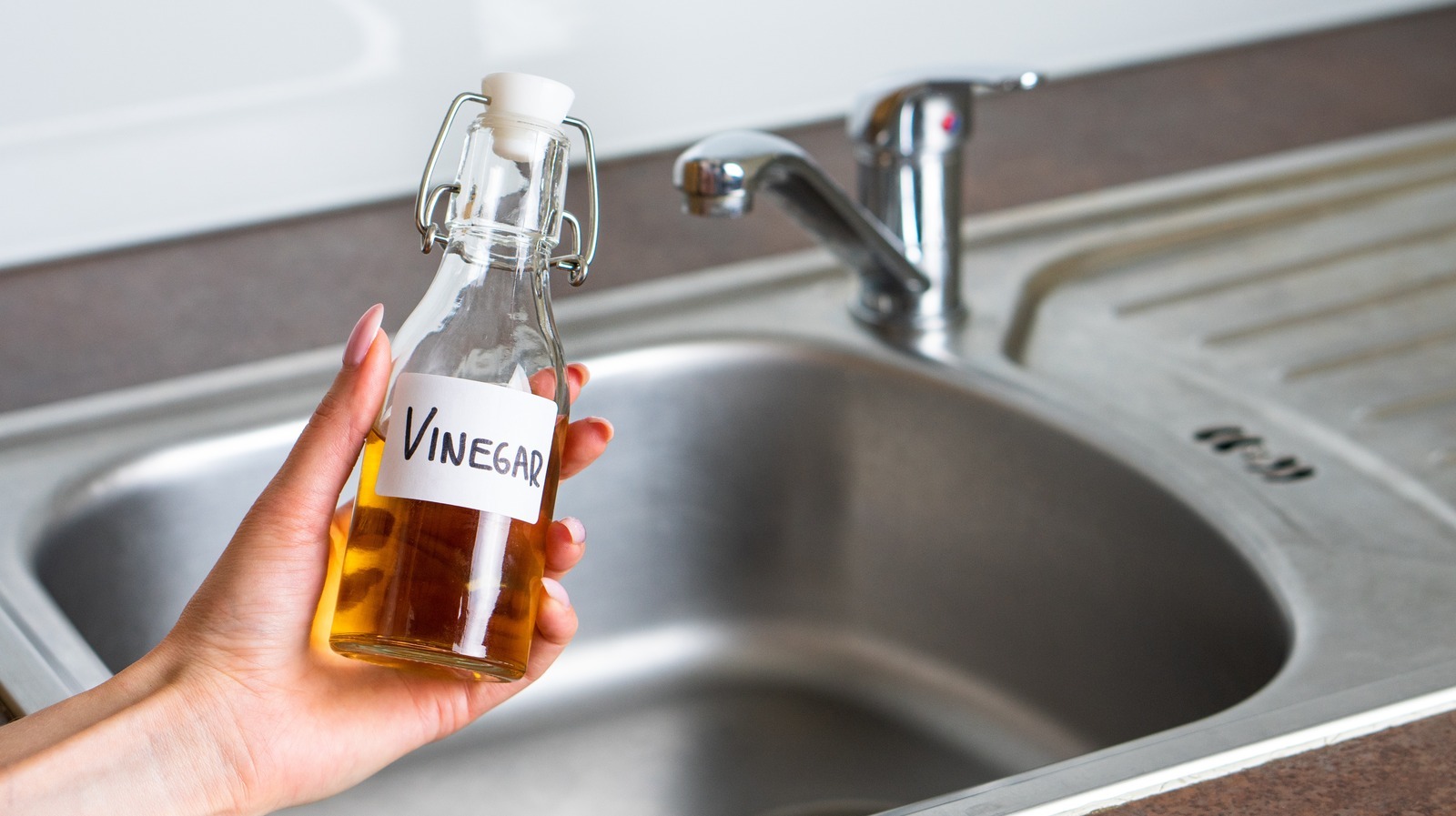
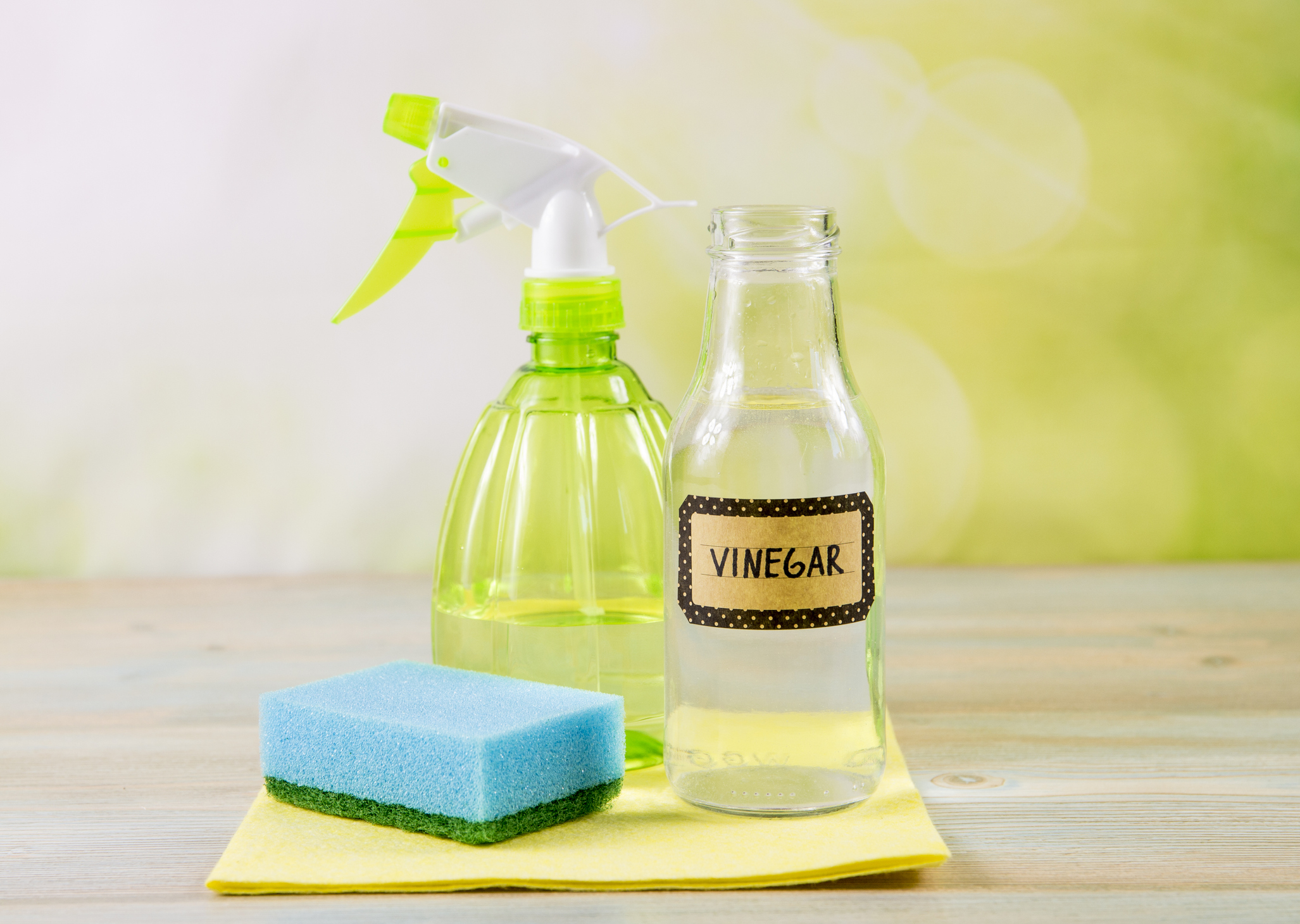
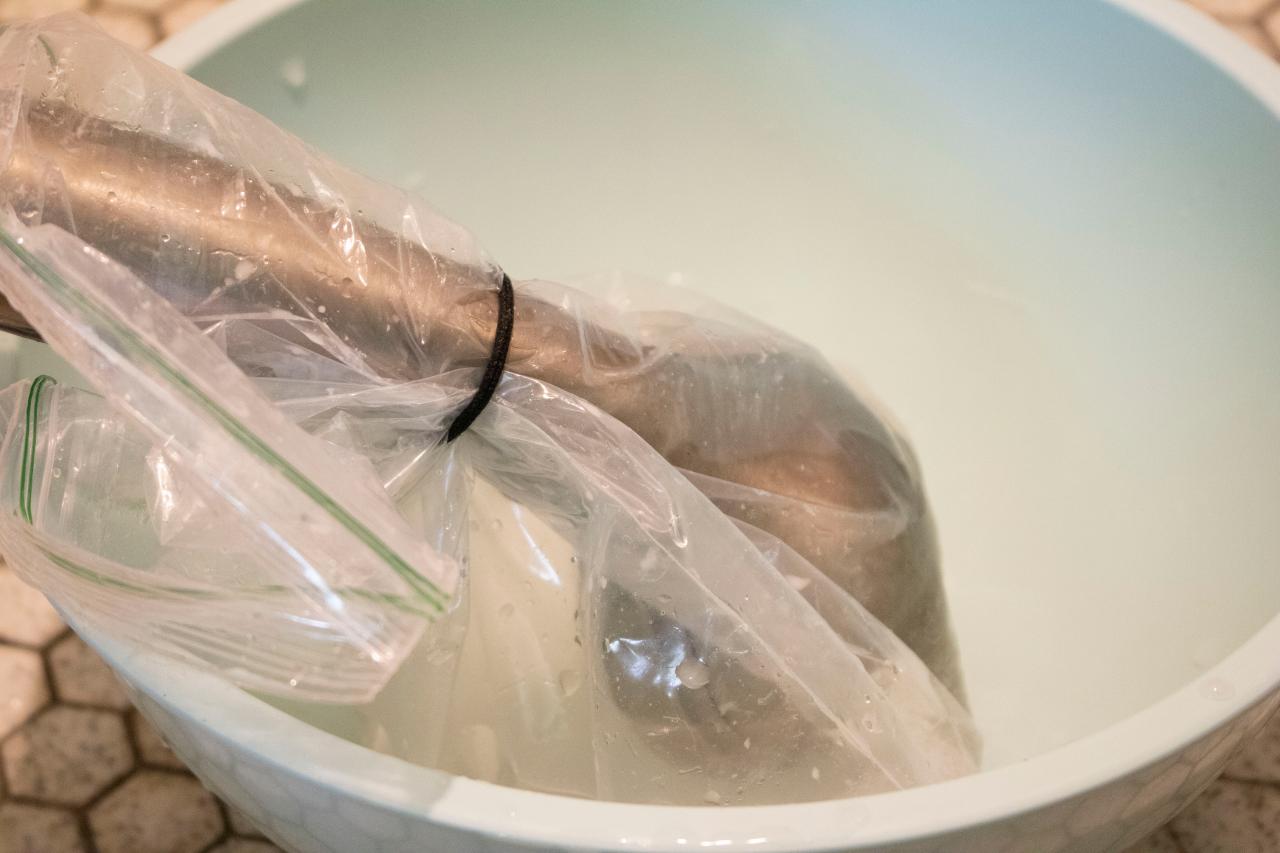
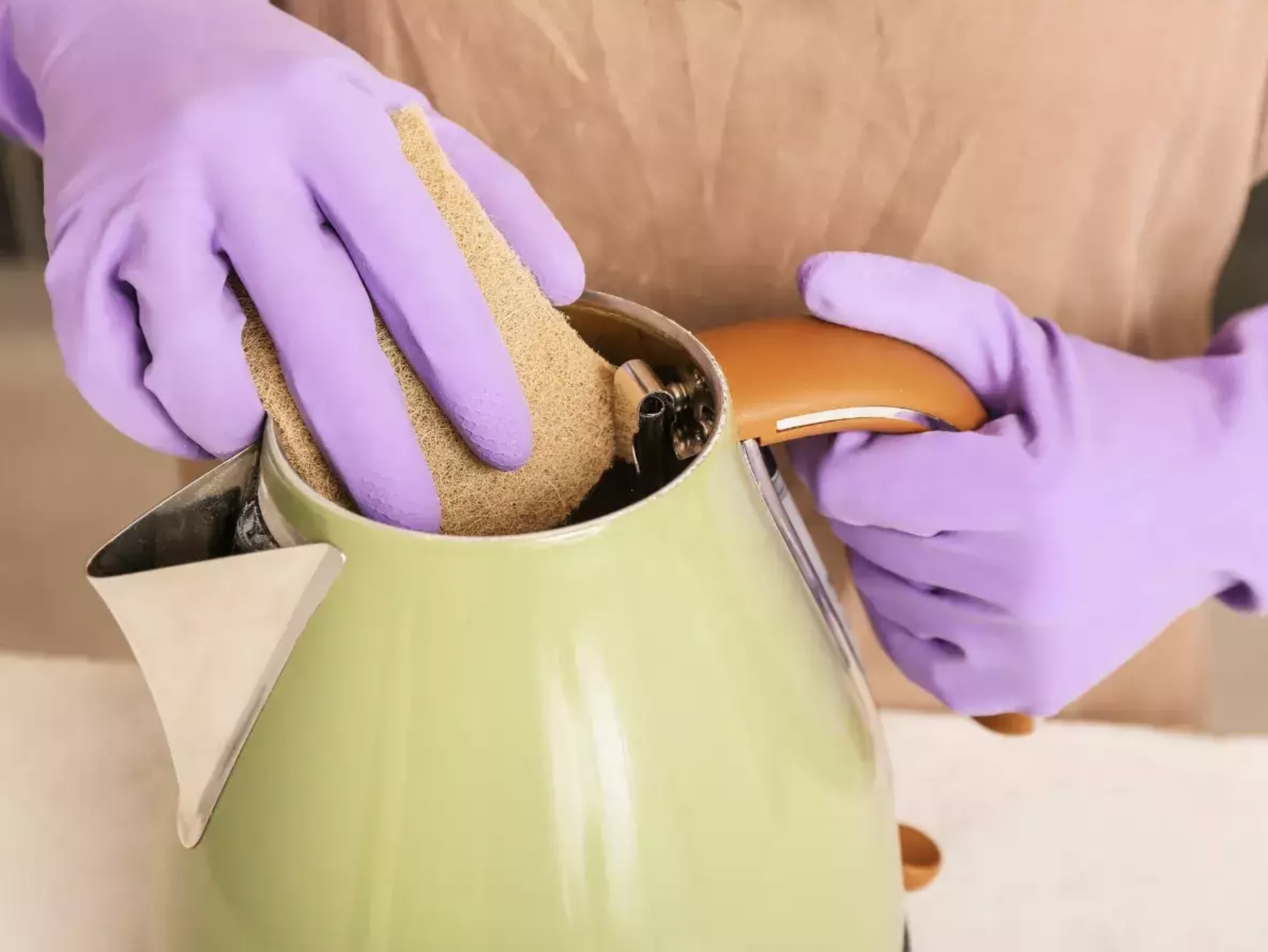
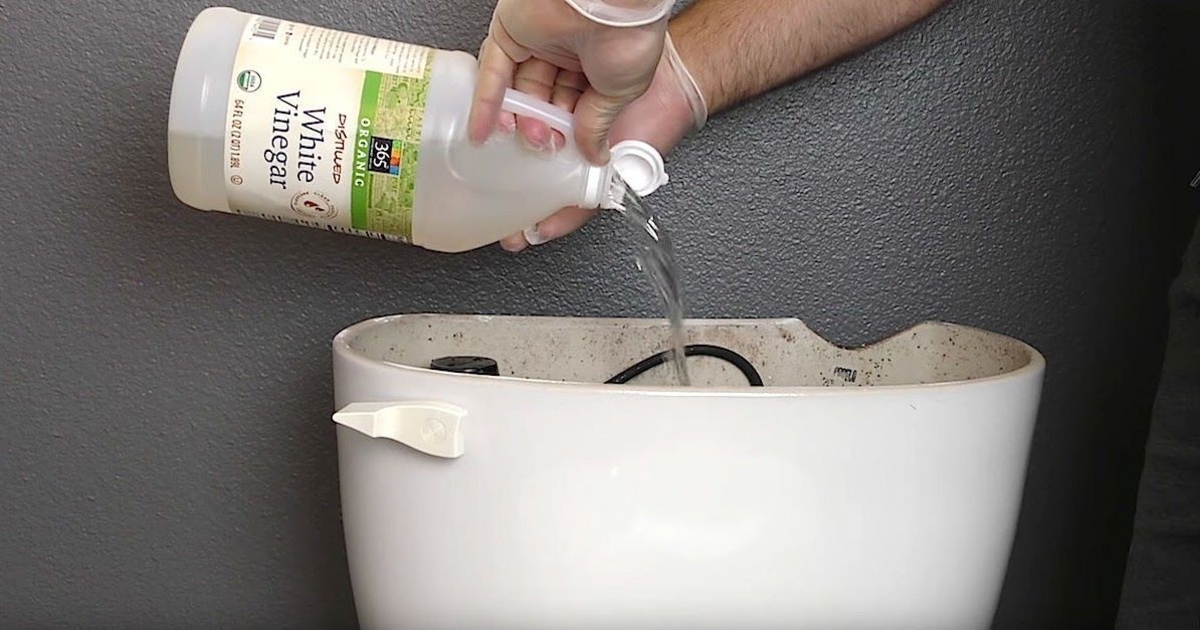
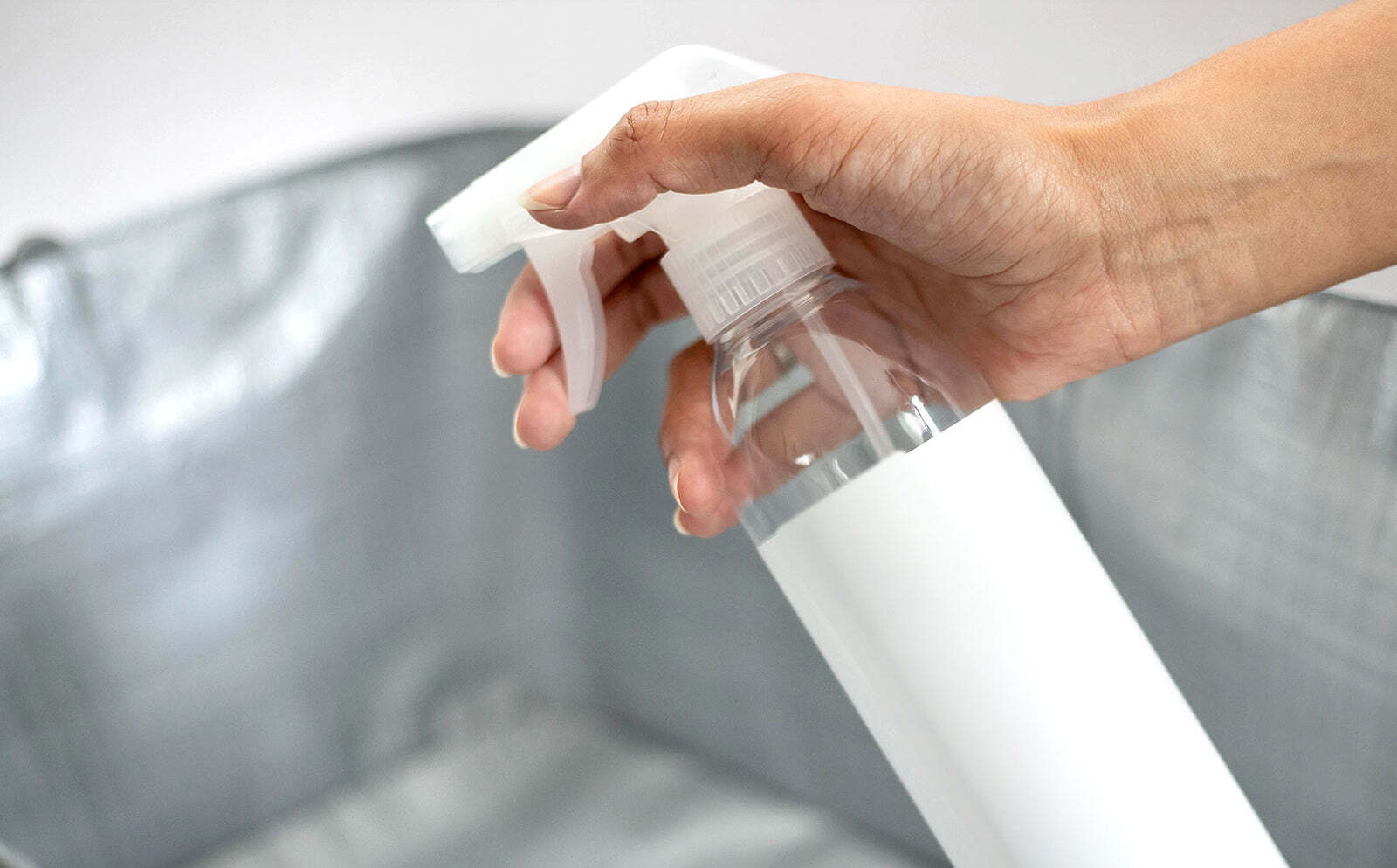
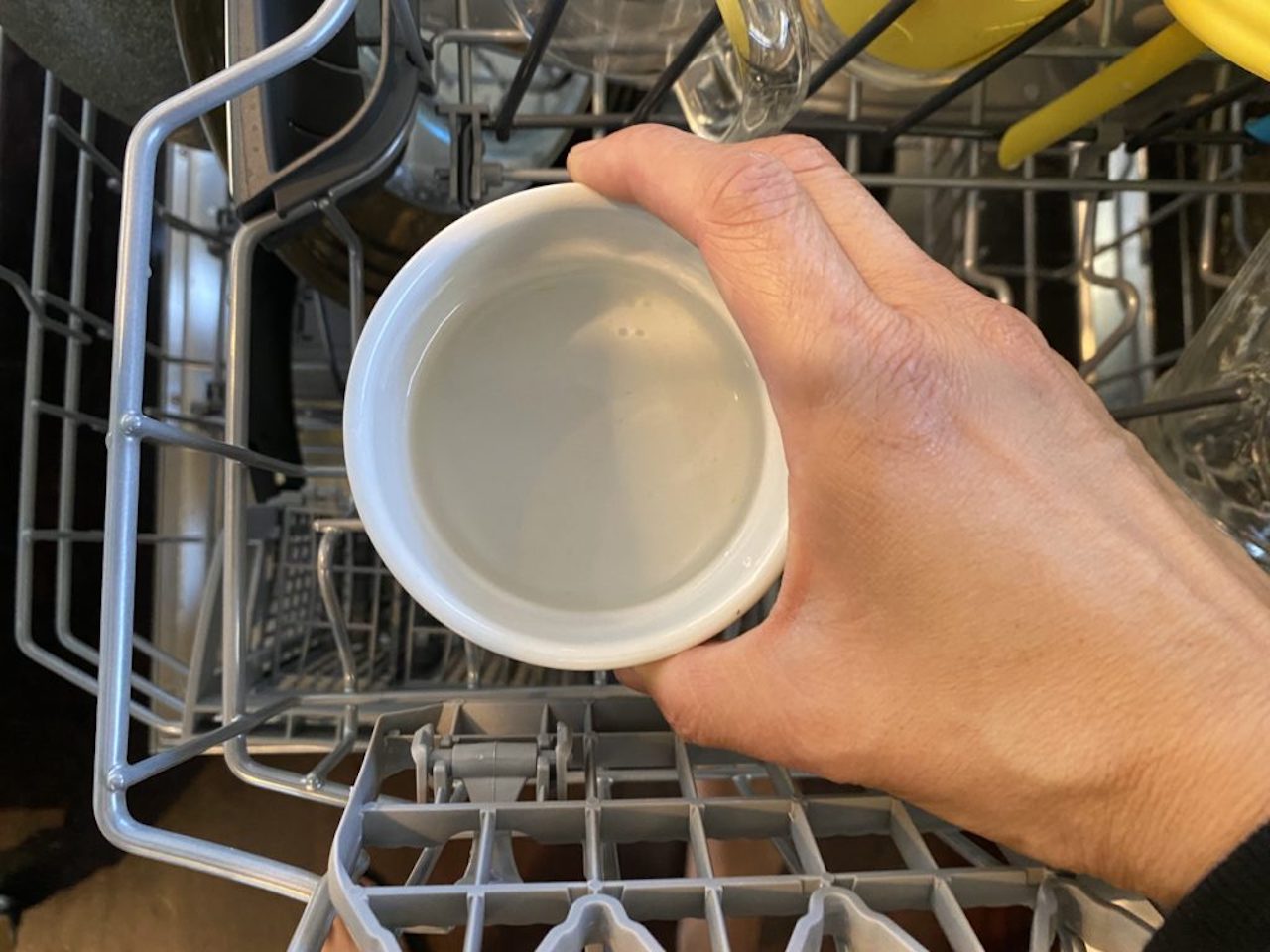
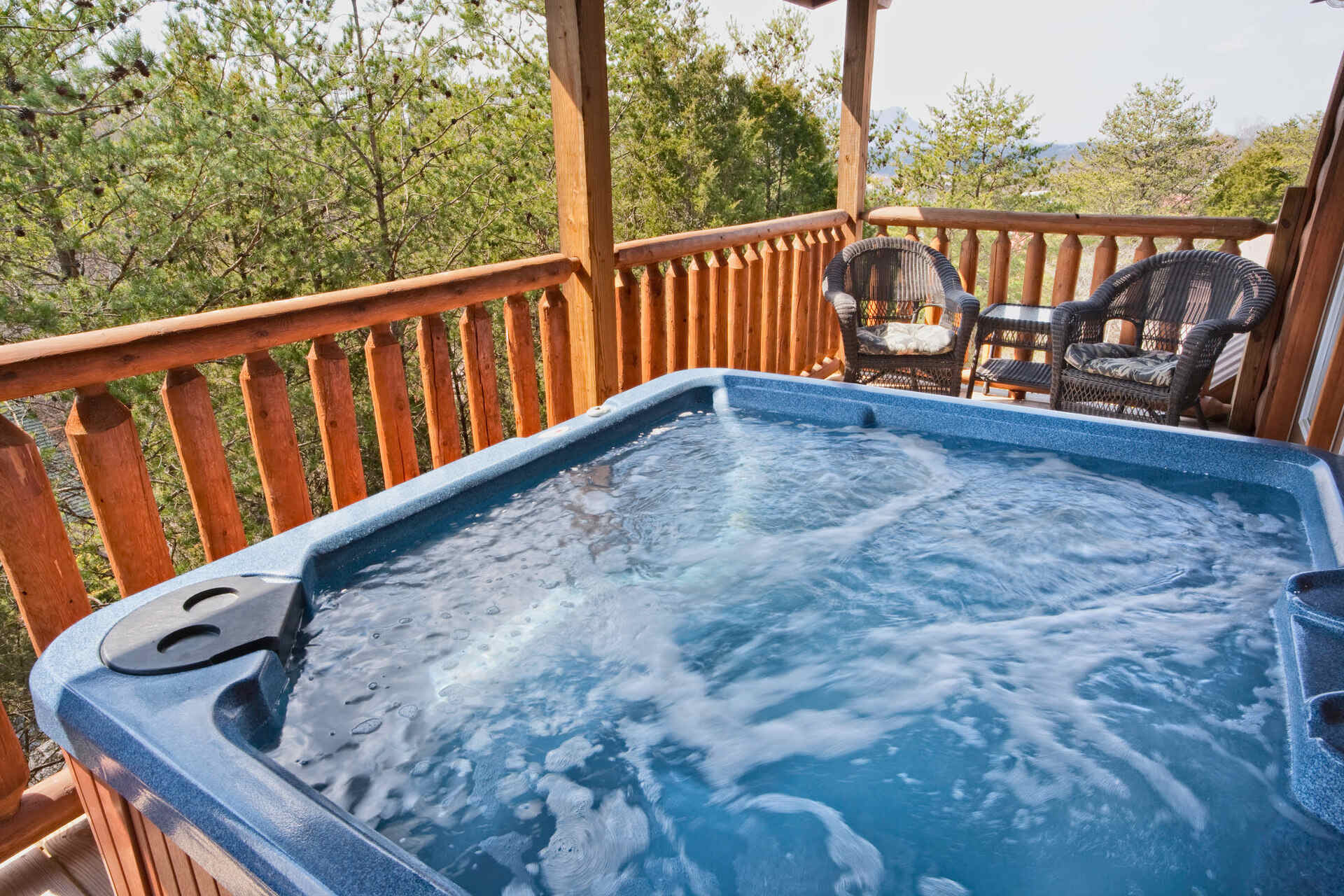

0 thoughts on “How To Make A Vinegar Cleaning Solution For Your Home”